Seven months ago, while renovating a fish pond, a resident in Cong Ha neighborhood (Ha Man ward, Thuan Thanh town, now Song Lieu ward, Bac Ninh province), accidentally found two ancient boats.
After the two boats were discovered, at the invitation of the archaeological team, Associate Professor Dr. Nguyen Quang Mien (Archaeological Laboratory - Institute of Archaeology) went to the scene to conduct research.
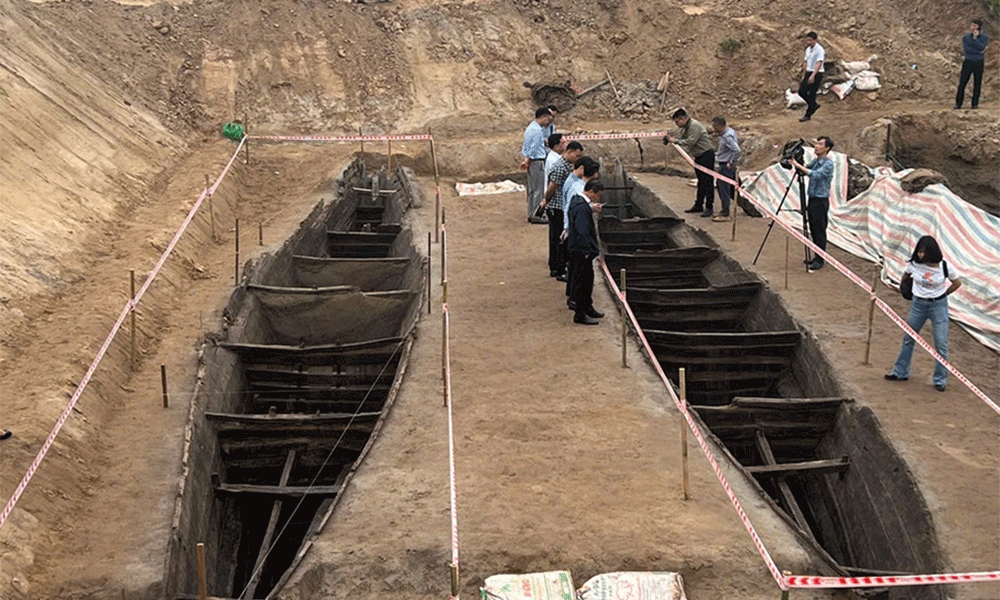 |
Image of ancient boat discovered in Bac Ninh in March. |
He took wood samples from the ship's planks and longitudinal beams to conduct radioactive Carbon-14 (C14) isotope analysis to determine the age of the ship.
After many months of waiting, at the "60th New Discoveries in Archaeology - 2025" Conference, Associate Professor, Dr. Nguyen Quang Mien announced: "Using the C14 method, the age of the ancient boat in Bac Ninh is about the 2nd century, nearly 2,000 years ago, the late Dong Son period".
According to Mr. Mien, this is the result of the Institute of Archaeology in Vietnam. The wood samples sent abroad for C14 analysis have not yet had results.
In addition, Associate Professor Dr. Nguyen Quang Mien also used a digital microscope to observe the wood grain structure. This method helps researchers have data on the type of tree used by ancient people.
"The wood used to build boats is a large tree with a long growing period in the natural environment. This is a broad-leafed tree, evergreen (green all year round, does not lose its leaves seasonally), common in tropical regions," Associate Professor Dr. Nguyen Quang Mien informed.
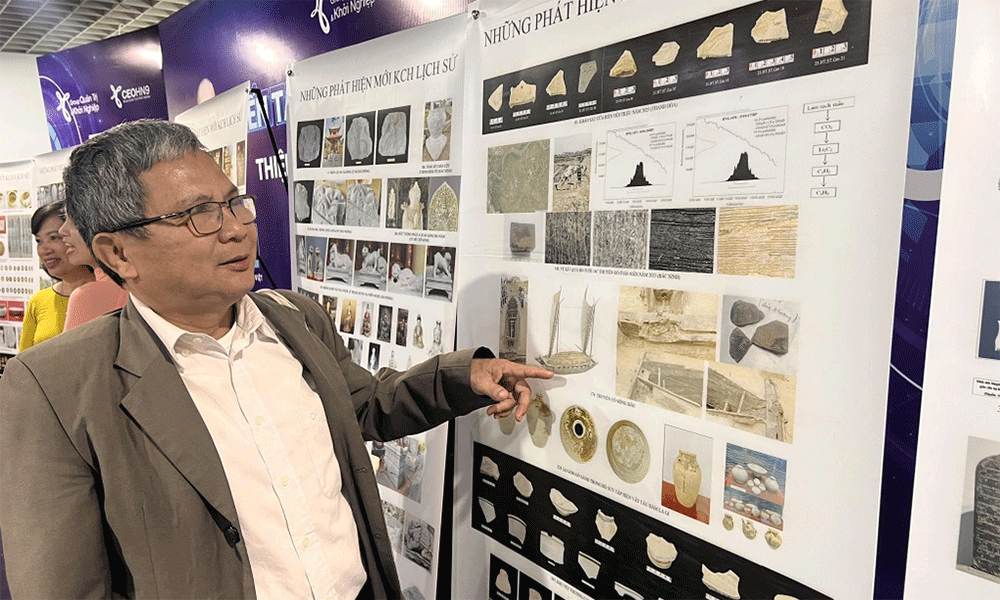 |
Associate Professor Dr. Nguyen Quang Mien pointed to the model of an ancient boat. |
Before conducting C14 analysis, the wood sample must be soaked in distilled water, acid, and alkali to remove impurities, retaining the pure wood components. Next, the wood sample continues to be soaked in alkali, acid, and distilled water once more.
"After the cleaning process, the wood samples are dried at 105 degrees Celsius to completely evaporate the water. We perform a series of chemical reactions to obtain benzene (a clear, colorless liquid) and then dissolve it in some chemicals to measure the C-14 radioactive activity," the expert said.
Regarding the purpose of using ancient boats in Bac Ninh by ancient people, Dr. Tran Thi Lien (Vietnam Archaeological Association) suggested the connection between this boat and the performance of rituals praying for favorable weather at Dau Pagoda.
Dr. Tran Thi Lien said that according to local tradition, especially during the Ly Dynasty, when there was a drought or flood, the king could come here to pray or bring the statue back to the capital.
Today, people here still organize a procession of the Four Dharma statues to pray for favorable weather.
"I think the ancient boat discovered in Bac Ninh is likely related to performing rituals. In terms of structure, above the boat's hull there may have been a connecting deck forming a flat surface estimated to be about 100 square meters wide, used for rituals and carrying statues on the river...", Dr. Tran Thi Lien expressed her opinion.
At the workshop, the ancient boat research group in Bac Ninh of the Institute of Archaeology also gave initial assessments. The two discovered boats have important significance in the study of ancient boat building techniques.
According to the research team, this is a two-hulled boat. The exposed remains are two hulls submerged in the water when moving, functioning as two buoys supporting the entire structure above. Currently, there are no traces of the upper structure.
Regarding the unique features of the ancient boat in Bac Ninh, the excavation team said that the boat was built entirely of wood, without using metal nails in the structure and connection between the planks.
After the excavation process, the research team put forward three hypotheses related to the age of the ancient boat in Bac Ninh.
Specifically, in the first hypothesis, this type of boat could be built in Vietnam, continuing the technique from the Dong Son period. This hypothesis is based on comparing the bottom of the two hulls with the structure of a dugout canoe.
In the second hypothesis, the research team believes that the age of the boat could be from the 11th to the 14th century (Tran dynasty).
Based on the structure and materials without metal nails, the group put forward a third hypothesis that the boat was not made during the Le and Nguyen dynasties.
"Based on documentary sources, scientists assess that this is a boat relic with a complex scale, structure and technique, and is the only one discovered to date, not only in Vietnam but also in the world," the assessment wrote.
How to preserve ancient boats?
Regarding the conservation of ancient boats in Bac Ninh, experts have proposed preserving them in situ, building a tank system or placing two boats underwater.
Sharing with Dan Tri not long ago, Dr. Nguyen Viet - Director of the Southeast Asia Prehistoric Research Center - said that preserving ancient boats in the laboratory has a complicated process but is completely doable.
 |
Image inside an ancient boat cabin in Bac Ninh. |
With this method, experts will disassemble the wooden panels, number them, neutralize the sulfur and soak them in tanks, change the water every 6 months, inject polyethylene glycol - a chemical once used to preserve the Vasa warship in Sweden - to replace the water trapped inside the wood to prevent warping, dry each panel and put it on display.
In case the authorities want to preserve the original state in place, Mr. Viet said that the place where the two boats were found could be turned into a park or an outdoor museum.
"We can make a roof and waterproof underground tank so that the wood does not come into contact with water and soil, control the pH, use moisture and heat-resistant materials... Ship conservation experts on the Rhine River (Germany) are ready to come to Vietnam to support," he said.
Source: https://baobacninhtv.vn/thuyen-co-duoi-ao-ca-o-bac-ninh-giai-ma-nien-dai-sau-nhieu-thang-cho-doi-postid431077.bbg


![[Photo] Unique art of painting Tuong masks](https://vphoto.vietnam.vn/thumb/1200x675/vietnam/resource/IMAGE/2025/11/14/1763094089301_ndo_br_1-jpg.webp)



![[Photo] Unique architecture of the deepest metro station in France](https://vphoto.vietnam.vn/thumb/1200x675/vietnam/resource/IMAGE/2025/11/14/1763107592365_ga-sau-nhat-nuoc-phap-duy-1-6403-jpg.webp)

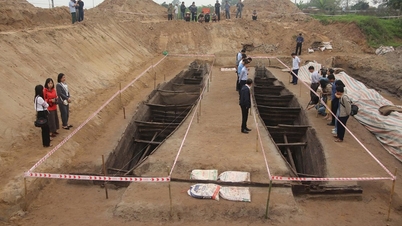

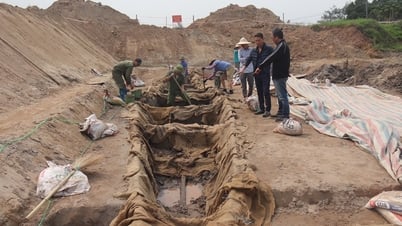
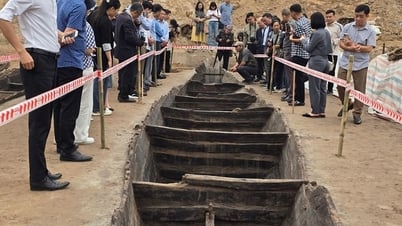




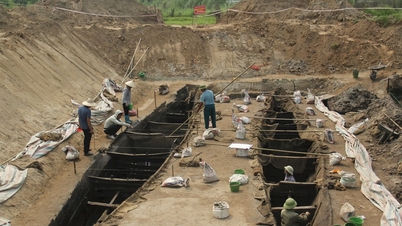









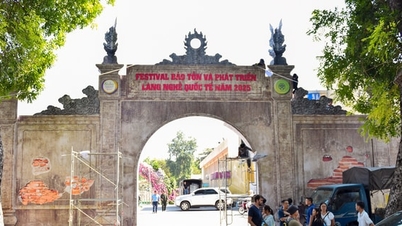





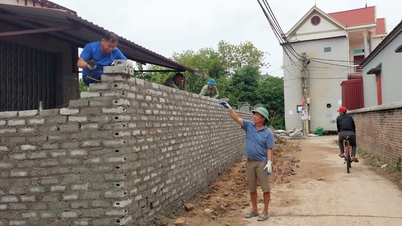





![[Photo] Special class in Tra Linh](https://vphoto.vietnam.vn/thumb/1200x675/vietnam/resource/IMAGE/2025/11/14/1763078485441_ndo_br_lop-hoc-7-jpg.webp)













































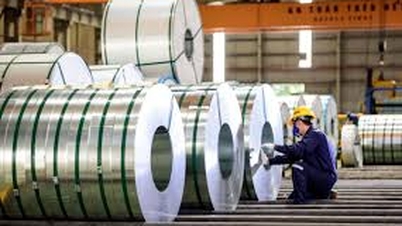

























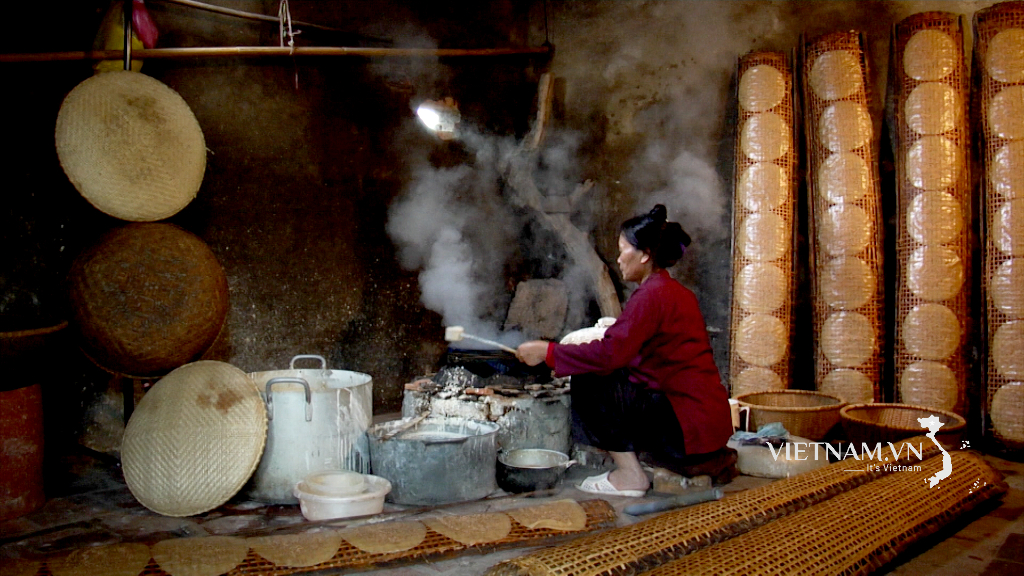


Comment (0)